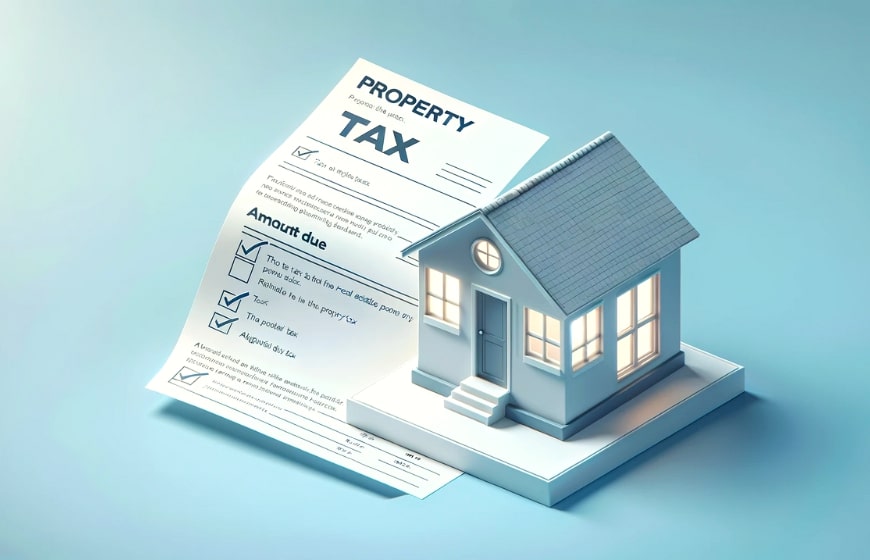BUDGET 2025 – 26: Key Highlights
As someone who has tracked Pakistan’s budgets for years, the federal government’s announcement this Tuesday for the fiscal year 2025-26 reflects a bold yet calculated attempt to balance growth with stability. With a total budget outlay of Rs18.9 trillion (a 7% increase from the outgoing FY25), the government is targeting a GDP growth of 4.2% while managing inflation at 7.5%. Sector-wise, projected growth includes 4.5% for agriculture, 4.3% for industrial, and 4% for services. The budgeted deficit is pegged at 3.9%, with a primary surplus of 2.4%, showing a fiscal tightening approach. The FBR has been given a steep revenue target of Rs14.13 trillion, with an 18.7% increase YoY, while non-tax receipts are projected at Rs5.15 trillion. Major expenditures include Rs8.207 trillion in interest expense, Rs1.3 trillion for PSDP, Rs2.55 trillion for defence, and Rs1.05 trillion for pensions, with Rs1.19 trillion earmarked for subsidies. Social programs like BISP see a 21% boost to Rs716 billion, while Higher Education and science & technology get Rs39.5 billion and Rs4.8 billion, respectively.
From a tax expert’s view, the government has introduced a range of significant changes. The super tax under Section 4C has been reduced by half a percentage point for income tiers of Rs200 million and Rs500 million, respectively. The 5% slab for monthly income between Rs50k-100k is proposed to fall to 1%, while the next 2 slabs drop to 15% and 11%, respectively. The surcharge rate has been cut from 10% to 9%. In real estate, the Advance Tax on immovable property is reduced by 150bps, and the FED has been removed, though there’s no change in capital gain, dividend, or tax on stocks. A carbon tax of Rs2.5/liter has been imposed on petrol, diesel, and furnace oil, while an 18% tax on solar panels may impact renewables. For autos below 850cc, the reduced rate of 12.5% is removed, making the normal 18% tax applicable. Meanwhile, no change in FED on Fertilizer and Pesticide offers relief to agriculture.
Taxation for the salaried class & pensions
The federal government has proposed a 10% increase in salaries and a pension hike between 7.5% to 10% in the budget 2025-26. However, the salaried class is unlikely to see major relief in taxation, as the IMF has opposed reinstating the tax-free income slab of Rs1.2 million annually. Instead, a minimum 1% income tax is expected for that range, with the tax-free slab remaining at Rs600,000.
Sales tax on non-resident e-commerce sellers
The 2026 budget proposal aims to impose GST on non-resident e-commerce sellers and foreign digital services to close tax loopholes and improve compliance in the digital economy. The FBR plans to require sellers without a physical presence in Pakistan to register for sales tax, while services will be taxed via a reverse-charge mechanism. Platforms like Amazon and AliExpress are targeted to ensure a level playing field with domestic businesses. The government is also reviewing global models to establish a fair and transparent tax system as e-commerce grows rapidly.
Income tax calculator 2025-26 New budget affects your Salary
The government unveiled the 2025-26 budget with a tax collection target of Rs14,131 billion, aiming for 4.2% growth, as Finance Minister Muhammad Aurangzeb presented it in the National Assembly on Tuesday. Under the IMF’s watchful eye, the salaried class was promised relief, and an income tax calculator 2025-26 is now key for individuals to ascertain their expected taxes in FY25-26 based on the new salary structure.
Tax relief for property buyers, but not for sellers
The government’s latest budget announcement, delivered by Finance Minister Muhammad Aurangzeb on Tuesday in Lahore, introduced certain tax relief measures for property buyers and sellers, including the abolition of 7% Federal Excise Duty (FED) and a reduction in withholding tax slabs to 2.5%, 2%, and 1.5%, depending on transaction value. Stamp duty in Islamabad was also cut from 4% to 1%, while documents were split into categories of Rs50m, Rs100m, and over Rs100m, with seller tax now 3%, 4.5%, and 5.5% respectively. Despite these steps, industry players, including former ABAD chairman, expressed disappointment, calling the measures inadequate to revive the real estate sector and calling the decision shocking.
Experts pointed out that the government failed to thoroughly examine the longstanding crisis in real estate, and the curbs on non-filers are likely to further slow activity. There is confusion over the eligibility criteria for filers from July 1, and terms like commercial plots, residential houses, and tax credits on 10 marla houses and 2,000 sq ft apartments remain vague. Realtor Asad Tariq, speaking to Dawn, criticized the lack of clarity and said these decisions fail to justify any revival or boom in a sector that impacts several industries directly and indirectly, especially when buyers and developers are penalized for not submitting complete asset and income return details.
Over Rs 623 bn new taxes unveiled
The government of Pakistan, through the Finance Bill 2025-26, has unveiled over Rs623bn in new taxes, aiming to meet the ambitious Rs14,131 billion target set for 2025-26. This includes extraordinary enforcement measures focusing on non-filers, digital transactions, and e-commerce platforms, along with a hike in withholding tax rates on sales of immovable properties and the withdrawal of exemptions in erstwhile tribal areas in phases. These steps reflect a broader move to expand the taxation base and increase compliance.
The breakup revealed that while Rs670 billion in total revenue measures are planned, Rs58 billion is allocated for relief to the salaried class, bringing the net impact to Rs623 billion. Of this, Rs281 billion will come from stricter taxation, and Rs389 billion from enforcement. The government hopes these actions will significantly generate revenue in the next fiscal year, while balancing relief with strong compliance frameworks.



